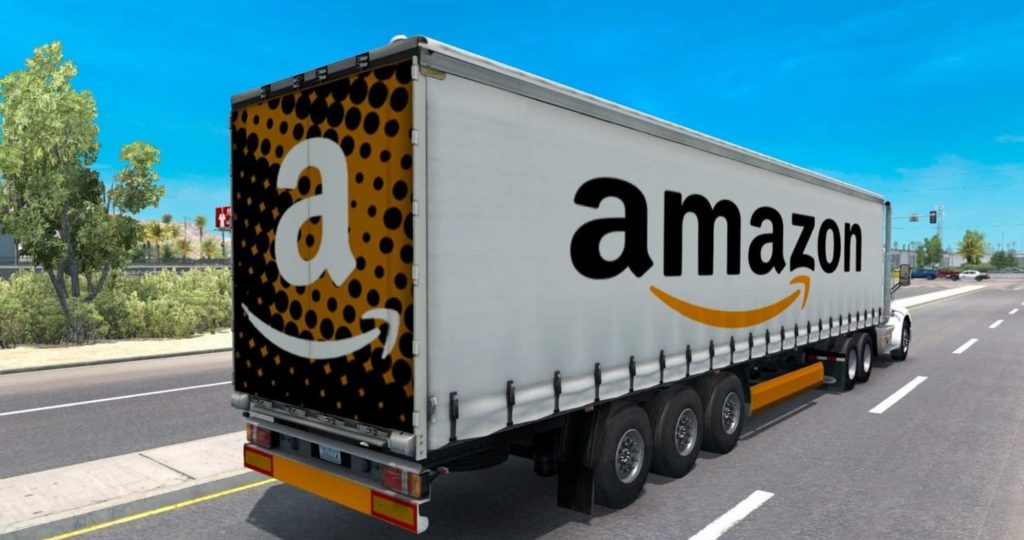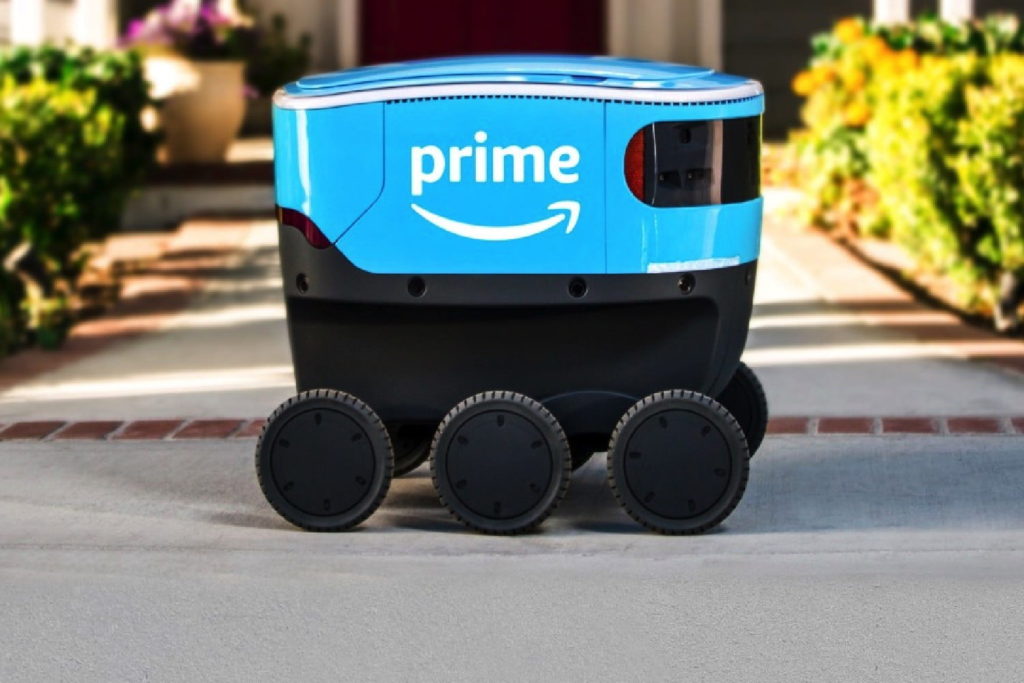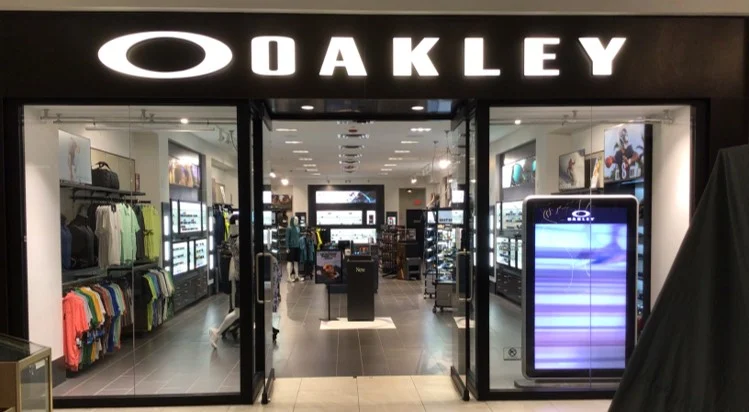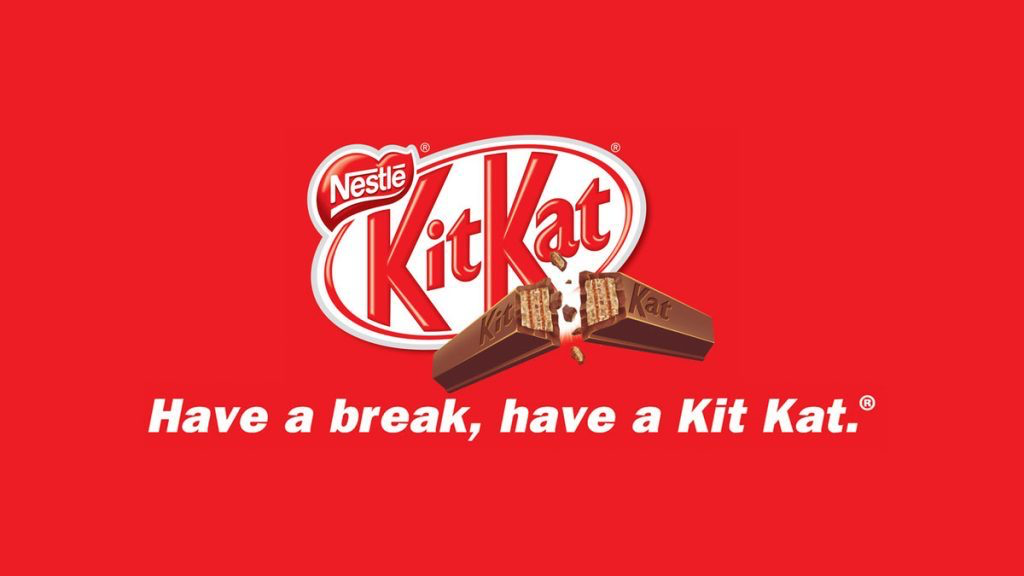Last Updated on 27 April, 2023 by Team TBH
Amazon is a name that has become synonymous with innovation, convenience, and customer obsession. From its humble beginnings as an online bookseller, the company has grown into a global e-commerce giant, offering a vast array of products and services to millions of customers around the world.
With a mission to be the “earth’s most customer-centric company,” Amazon has disrupted industries, challenged conventional business models, and redefined what it means to be a truly customer-focused organization. From its cutting-edge technology to its commitment to sustainability, Amazon is a company that continues to push the boundaries of what’s possible, setting new standards for excellence in the process.
Amazon’s revenue in 2021 was $386 billion, and the cost of the products Amazon sells, as well as shipping and fulfillment costs. This accounted for 67% of Amazon’s total expenses in 2021. In comparison, a decade earlier, it used to spend almost $1 billion each on these costs. Now it sure means that it spends a considerable chunk of expense on logistics.
To better control the process and its high cost, Amazon is cutting down its reliance on Ups, FedEx, and other postal services, which means it is investing heavily in its own logistics network. It now controls 26% of its online orders.
Amazon Logistics
Amazon Logistics is the supply chain and delivery arm of Amazon, responsible for ensuring that packages are delivered to customers quickly and efficiently. With a focus on innovation, technology, and customer experience, Amazon Logistics has become a critical component of Amazon’s business model, enabling the company to deliver millions of packages to customers around the world every day.
From its cutting-edge delivery networks to its advanced tracking and delivery technologies, Amazon Logistics is constantly pushing the boundaries of what’s possible in the world of e-commerce logistics.
To achieve this, Amazon Logistics employs advanced logistics technologies, such as automation and robotics, to streamline its operations and improve efficiency. Amazon’s sophisticated logistics network spans the globe, with a vast network of warehouses, distribution centers, and delivery stations strategically located around the world.
Amazon’s current transportation fleet consists of 50+ Boeing 767 aircraft, more than 10,000 branded trailers, more than 20,000 Mercedes-Benz sprinter vans. It also operates ocean freight services between the US and China, with over 5,300 ocean freight containers moved in 2018. Moreover, the upcoming 210-acre Amazon airport in Kentucky can support 200 flights daily.
Amazon has millions of products on its platforms. Most items listed on Amazon are sold directly to the customers by third-party sellers (third party sales had grown from 3% in 1999 to 58% in 201
Amazon charges the sellers a fee to list items on its website. i.e., approximately 15% of items selling price, to register the product. Amazon also sells products directly as many things are Amazon’s brands like Amazon Essentials, Amazon Alexa devices, among other brands. In many cases, it buys inventory from third parties and then sells it to consumers. Amazon maintains several warehouses in proximity to local urban markets. The location, size, and the number of warehouses are essential factors in Amazon’s supply chain. All items sold directly are already sitting in Amazon’s warehouse, waiting to be shipped. Most third party products fulfilled by Amazon are also there in these warehouses.

Making use of Amazon Robotics
After an item is ordered and ready at one of the fulfillment centers around the globe. It is picked, packaged, and shipped by some of its 2,50,000 warehouse workers, often with the help of 1,00,000 robots. In 2012, Amazon acquired a provider of automated and robotic warehouse solutions called Kiva Systems, and in 2015, that company was rebranded as Amazon Robotics.
Amazon Robotics is a subsidiary of Amazon that develops and manufactures robotic systems to automate various aspects of the company’s logistics operations. The primary goal of Amazon Robotics is to increase efficiency, speed, and accuracy in Amazon’s fulfillment centers, which are responsible for storing, sorting, and shipping the products that customers order on the Amazon website.
The role of Amazon Robotics in Amazon Logistics is to optimize the movement and storage of products within the fulfillment centers, making the process faster, more efficient, and less prone to errors. The company uses a variety of robotic systems, including automated guided vehicles (AGVs), robotic arms, and sorting systems, to handle a wide range of tasks such as:
Picking and Packing: Amazon Robotics’ robotic arms and grippers can pick up and pack items into boxes or bags, which are then sent for shipping.
Storing and Retrieving: Amazon’s AGVs move shelves of products around the fulfillment centers, while robots equipped with scanners and sensors can locate and retrieve specific items for shipping.
Sorting: Amazon’s sorting systems use computer vision and machine learning algorithms to sort items based on their size, shape, and weight, making the process more accurate and efficient.
Inventory Management: Amazon Robotics’ systems also help with inventory management, tracking the movement of products within the fulfillment centers and optimizing their storage to save space and reduce handling times.
Overall, Amazon Robotics plays a crucial role in Amazon Logistics by automating many of the tasks involved in the fulfillment process, enabling the company to process orders faster, with greater accuracy and efficiency, and ultimately improving the customer experience.

Amazon tries to reduce human touch points and increase quality control by bringing in more automation.
- Once the item has been ordered, it shows up on the computer screen, a worker picks up the orders from the bin ( rack bought in and carried by robots) and scans the product. It will be sent for packaging.
- An employee at the packaging will see what kind of box is required from the computer screen and will pack the item. Amazon also has robotics arms for packaging the products and is heavily investing in such technologies.
Once the packaging is done, it’s time for a long-distance journey using large trucks and air cargo, and then it uses its van for last-mile deliveries. The last-mile delivery is done in two popular ways –
-
- Amazon started a service by the name “Amazon Flex,” where the company invites people to be a part of their delivery network as an individual partner. Amazon says that anyone with a car and a smartphone can join and make somewhere around $18 to $25 per hour. It works on similar models of Uber, TaskRabbit, Postmates depending upon the demand and is popularly known as on-demand economy or gig economy,
- Amazon also started a Partner program where Amazon helps them establish their own delivery business. The program will give delivery partners access to Amazon’s delivery technology, hands-on training, and discounts on a suite of assets and services, including vehicle leasing and insurance. This means drivers won’t have to use their cars, as in the crowdsourced delivery program known as Amazon Flex.
Also Read: What Makes FedEx The Undisputed King Of Logistics
Developing an Ecosystem around Logistics
Amazon’s blend of technology with logistics has increased the consumer’s expectations. Following a similar trend, companies like eBay have started its same-day, within-hours eBay Express delivery service, and so has Google with its Google Shopping service. Amazon’s expansion of its delivery network threatens UPS, FedEx, and USPS. But this is a more significant threat to the brick-and-mortar retailers who will need to speed up their delivery services like 2-hour delivery or same-day delivery in urban metropolitan areas.
Amazon is also experimenting with new technologies for strengthening its last-mile delivery like in 2013, Amazon’s CEO Jeff Bezos announced that his company was developing a drone-based delivery system called Amazon Prime Air that would be delivering products under five pounds in locations within 15 miles of Amazon’s fulfillment centers within just 30 minutes or less.
In 2016, Amazon received a patent for a giant flying warehouse that acts as a launchpad for drones to deliver items within minutes. On the same lines, Amazon acquired the robotics company Dispatch in 2017 to build last-mile delivery robots known as Amazon Scout. Amazon Scout is a six-wheeled robot used to deliver packages stored inside of the robot and driven to the customer. Amazon has already started testing and running these robots on a trial basis.
Also Read: From Memphis to the World: The Rise of FedEx as a Global Logistics Giant
Cutting Edge technologies that Amazon Logistics is investing on
Amazon Logistics is known for its cutting-edge technologies that are revolutionizing the way e-commerce companies operate. Here are some of the top technologies that Amazon Logistics is using to improve its logistics operations:
Robotics: Amazon Robotics develops and manufactures robotic systems to automate various aspects of the company’s logistics operations. These robots handle a wide range of tasks such as picking, packing, storing, retrieving, and sorting items in Amazon’s fulfillment centers.
Delivery Drones: Amazon has been testing its Prime Air drone delivery service, which uses unmanned aerial vehicles to deliver packages directly to customers within 30 minutes of order placement.
Automated Guided Vehicles (AGVs): AGVs are autonomous vehicles that move products around the fulfillment centers, reducing the need for human workers to perform these tasks.
Artificial Intelligence (AI) and Machine Learning (ML): Amazon Logistics uses AI and ML algorithms to optimize delivery routes, predict demand, and manage inventory levels.
Computer Vision: Amazon’s sorting systems use computer vision technology to recognize and sort items based on their size, shape, and weight.
Internet of Things (IoT): Amazon uses IoT devices such as sensors, beacons, and RFID tags to track and monitor the movement of products within the fulfillment centers.
Augmented Reality (AR): Amazon has developed AR-based tools that allow workers to quickly locate and identify products in the fulfillment centers, increasing efficiency and reducing errors.
Autonomous Vehicles: Amazon is also developing self-driving delivery trucks, which could potentially reduce delivery times and costs, while improving safety and efficiency.
Overall, Amazon Logistics is continuously investing in cutting-edge technologies to improve its logistics operations, reduce costs, and provide faster, more efficient, and reliable delivery services to its customers
Who knows that one day Amazon comes out as a third-party transportation service provider or as a logistics company to utilize its capacity and world-class logistics infrastructure.
To read more content like this, subscribe to our newsletter



